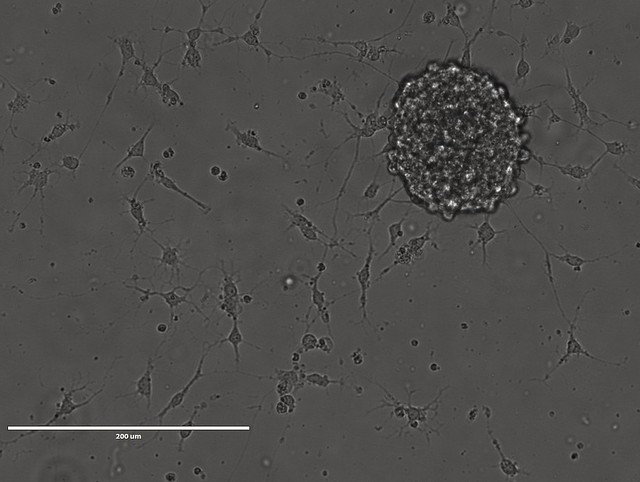Contents
The Central Dogma

Transcription
DNA is simply a storage vessel of genetic information. It sits in the nucleus and must be called upon through a process of transcription where an enzyme called RNA Polymerase“reads aloud” the stored information into a molecule called messenger RNA (mRNA). Since DNA is double-stranded in an anti-parallel fashion, we automatically know the sequence of the second strand by knowing the first. The mRNA is made through complimentary base-pairing to the template strand, which is the reverse complement of the coding strand. The coding strand is the strand that reads identical in sequence to the mRNA with the exceptions of T’s being replaced by U’s.


Translation
 This coding strand is later decoded by the ribosomes with the help of transfer RNA’s tRNA‘s) that act as a decoder of the information and protein assembler in a process called translation. The ribosome scans along the mRNA and recognizes nucleotides in batches of 3 . These batches of 3 can be translated into an amino acid and is known as a codon. Since there are 4 types of bases and they are read as groups of 3, there are 43 (or 64) combinations of these codons. However, there are only 20 amino acids used to build proteins. This indicates that there is room for redundancy. Three of these codons tell the ribosome to stop, like a period in a sentence. These are called stop codons. There is one special codon that performs double duty: ATG. The codon (ATG) that encodes the amino acid Methionine also acts as a start codon that tells the ribosome where to start reading from. Like nucleic acids, proteins have a polarity and are synthesized in an amino to carboxyl direction. We abbreviate this by terming the beginning of the protein sequence, N-terminal, and the ending of the sequence as the C-terminal.
This coding strand is later decoded by the ribosomes with the help of transfer RNA’s tRNA‘s) that act as a decoder of the information and protein assembler in a process called translation. The ribosome scans along the mRNA and recognizes nucleotides in batches of 3 . These batches of 3 can be translated into an amino acid and is known as a codon. Since there are 4 types of bases and they are read as groups of 3, there are 43 (or 64) combinations of these codons. However, there are only 20 amino acids used to build proteins. This indicates that there is room for redundancy. Three of these codons tell the ribosome to stop, like a period in a sentence. These are called stop codons. There is one special codon that performs double duty: ATG. The codon (ATG) that encodes the amino acid Methionine also acts as a start codon that tells the ribosome where to start reading from. Like nucleic acids, proteins have a polarity and are synthesized in an amino to carboxyl direction. We abbreviate this by terming the beginning of the protein sequence, N-terminal, and the ending of the sequence as the C-terminal.



Advanced video of Translation
Decisions… decisions…
What kinds of decisions are made for stem cells to differentiate into different cell types? What types of regulation occur during this process?

Video Review
- Transcription Simulation (MIT License)
- Transcription (CC-BY-NC-ND Cold Spring Harbor Lab – DNA Learning Center)
https://www.dnalc.org/content/c15/15510/transcription_basic.mp4 - Translation (CC-BY-NC-ND Cold Spring Harbor Lab – DNA Learning Center)
https://www.dnalc.org/content/c15/15501/translation_basic.mp4
Tags: integration of knowledge


